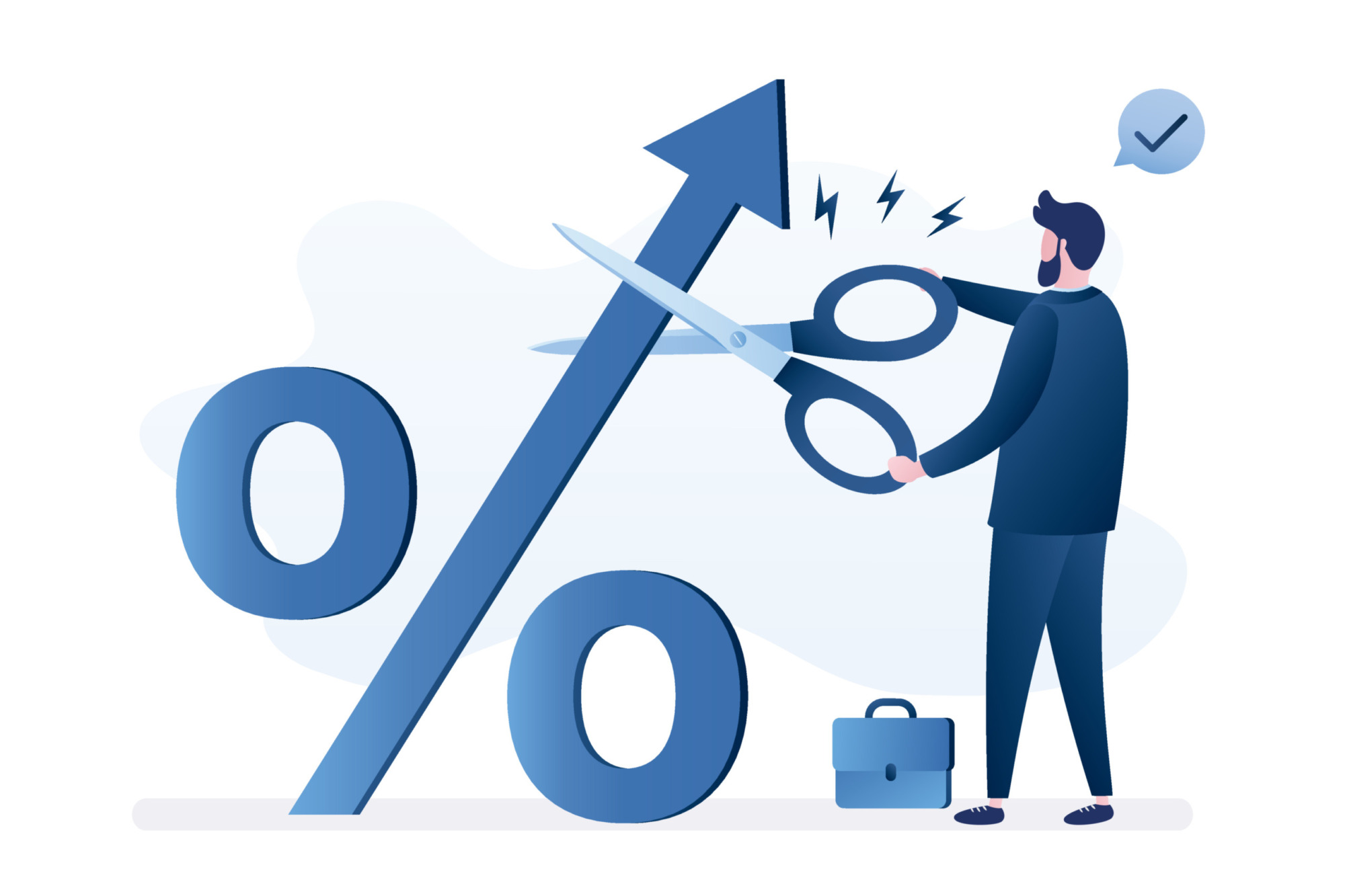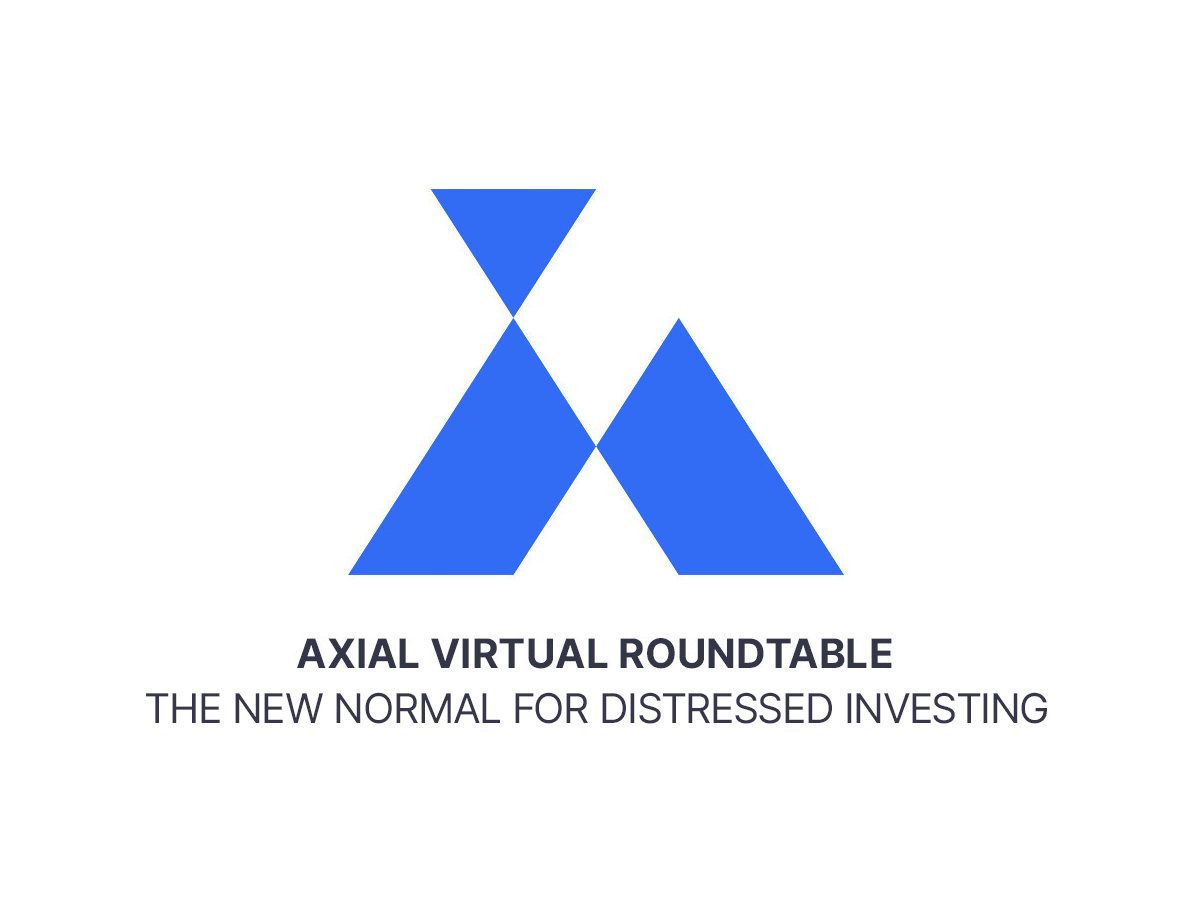Our virtual roundtable this week revisited the timely topic of distressed investing. After hosting a discussion on distressed debt in Q2 in the early days of the pandemic, we checked back in with a group of distressed and special situations focused M&A professionals to see where the lower middle market stands when it comes to distressed transactions, bankruptcies, and expectations for the coming months.
Thank you to below Axial members who participated in the discussion:
Mike Bergeron, Managing Partner, Strength Capital
Phillip Cooper, Managing Director, JD Merit & Company
Neil Johnson, Managing Partner, Lawrence Evans & Co.
Eric Mara, CEO, Right Lane Capital
Mark Podgainy, Managing Director, Getzler Henrich & Associates
Video
Audio
Show Notes
Introductions 00:00 – 8:30
Visual – 2020 Bankruptcy Overview – 8:30
- Presentation Source: Edward Altman, NYU Stern Solomon Center
- Slide 1 Source: Edward Altman (NYU Stern Solomon Center) and KBRA using data from New Generation Research, Boston, MA
- Slide 2 Source: KPMG Economics, Bloomberg
- Slide 3 Source: BankruptcyData.com
- It looks like we’re on a path to a year of record bankruptcies
- Retail and restaurants are more than a third of bankruptcies
- Energy (not including utilities) is the next largest sector
- A look at 2020 compared to bear markets in 2002 & 2008
- At the beginning of the year, it looked like we were on a path to having low bankruptcy numbers
Lower middle market bankruptcy & expectations – 13:20
- We’re not seeing a record-number of bankruptcies in the LMM because of things like PPP loans and low interest rates
- There’s been a global forbearance and there’s less pressure on companies unless they had poor performance pre-COVID
- Once there is more clarity on where things are going, this may change
- There was a wave of distress in the first month of COVID, but a lot of these businesses had underlying issues that were not associated with COVID
- A lot of the market was pushing things off until the fall saying
- Expecting another wave of distress sometime in the fall, but not sure when
- Typically the fall picks up in the distressed market anyway
- Counterparty leverage is reduced when the tide goes out for everybody
- There’s a lend and extend mentality among counterparties right now
- There is stress on working capital right now — vendors are desperate to college and customers are paying more slowly
- The PPP funds were not always as helpful as people were hoping — you had to spend it quickly and not always productively in order to get the equity infusion
- PPP was a “blitz of liquidity”
- As an advisor, Lawrence Evans advised clients before things got bad to access their lines of credit, and companies that waited even just a couple of weeks weren’t able to do so because everything shut down so quickly
- We’ll probably be in purgatory for most of 2020 and the pressure will be on in 2021
- Smaller businesses are going to need to look outside of their comfort zone in 2021 and look at alternative sources of financing
- In Q2, everyone thought they’d be back to the office and back to normal in the fall. We’re now in the fall and that’s not the case, so now everyone is acknowledging that we don’t have any idea what’s coming.
How the political environment is and will impact LMM – 27:10
- No matter who wins, they’re going to want credit for an economic comeback, so will things pick back up after the election regardless of who wins?
- This is a tricky one that people don’t want to touch with a ten-foot pole, but when it comes down to it, no matter what happens with the pandemic, all politicians will act independently and make their own decisions
Quick return to bankruptcy conversation – 30:50
- If we’re at record bankruptcies overall (not in the middle market), and people have an expectation that the worst is yet to come in 2021, does that mean that the numbers will be blown out of the water next year?
- The slides shown earlier were relating to larger companies with more then $100M or more than $1B in liabilities; a lot of the government stimulus ended up being directed at smaller businesses
- There’s no formal bankruptcy filing process for a lot of small businesses, so there’s no way to document that number effectively
- Anecdotally from Axial, we’re not seeing a significant increase in bankruptcy and/or distress from our clients
- Oil & Gas, Retail & Consumer Products are a lot of the businesses that have filed this year, and these were all businesses that were already having issues, so the creditors didn’t mind jumping on them at the start of everything
- There is enormous friction cost for businesses <$50M in liabilities, so that ends up being a disincentive to go through a filing process
- The new Subchapter V allows companies with liabilities of less than $7.5M to go through accelerated proceedings, but not many companies are taking advantage of it
What are we hearing from lenders? – 42:30
- If there was trouble before the virus (which was then compounded by the virus), it has been useful to be proactive with the lenders and try to get them out in a way that is advantageous to everyone
- Outside of previously struggling businesses, lenders seem to be very open minded to finding helpful solutions
- Even in the case that lenders want you to move a business elsewhere, they don’t seem to be being particularly aggressive about it
- Unless you’re over levered going into this, you likely have until next year
Investing in sectors that are not pandemic-proof – 51:40
- Even for investors who are open to consumer, retail, restaurants, how open would you be to actually investing in one of those businesses right now?
- Sectors like dental, which was considered recession-proof and was extremely attractive at the beginning of the year, now are much less attractive
- Now there is the term “pandemic-proof” that is taking over from recession-proof
- In previous markets, it was easier to structure a more-attractive plan B into a deal, but that same opportunity isn’t necessarily there in today’s market, so you need to be much more confident about the success of your original plan
- It will be these industries that go first when the second wave of distress comes through
How active is the market? – 1:01:35
- Strength Capital is working very proactively with their one portfolio company that is struggling, and they bought the senior note at a discount. The conversation with the lender was very open and honest, and they had a good relationship with them, so it ended up going very smoothly
- The deal flow is there right now, you just have to be a bit more creative about where it’s coming from
- You can find pieces falling out of the larger bankruptcies
- In looking at what deals are getting done, it supports the idea that distressed businesses are still waiting; there have been very few restaurant or retail transactions happening

